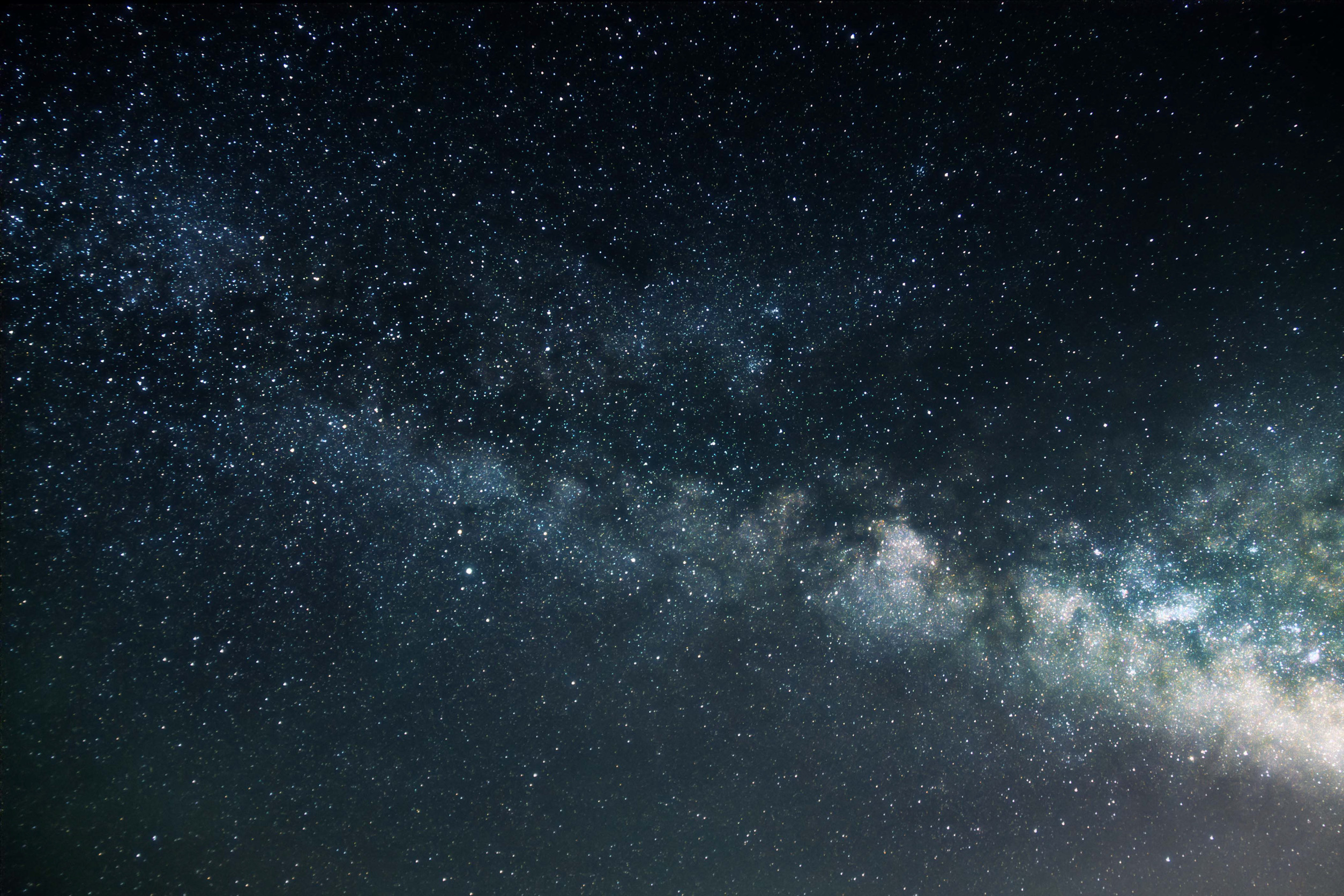Image Credit: The Milky Way galaxy core in a glowing blue light with lots of stars.
A U.S. high school student has made significant contributions to astronomy by identifying 1.5 million previously unknown cosmic objects using artificial intelligence. Matteo Paz, a student with a strong interest in astronomy and coding, created a machine-learning algorithm that analyzed data from NASA’s NEOWISE infrared telescope. His groundbreaking findings have been published in The Astronomical Journal.
Paz’s fascination with the universe began in grade school, inspired by public stargazing events at Caltech. This initial interest led him to join the Planet Finder Academy in 2022, an outreach program at Caltech that focuses on astronomy and computer science. There, he received mentorship from Davy Kirkpatrick, a senior scientist at Caltech’s Infrared Processing and Analysis Center. The program emphasizes the importance of mentorship, as Kirkpatrick himself had a teacher who guided him toward a career in science.
NEOWISE, originally designed to detect asteroids, has also collected valuable infrared data on a variety of cosmic phenomena, including quasars and exploding stars. Much of this data had not been thoroughly analyzed prior to Paz’s work. Equipped with training from the Pasadena Unified Math Academy, where he excelled in advanced mathematics and coding, Paz developed an AI model capable of processing years of observational data. Within six weeks, he produced a prototype that detected subtle brightness fluctuations in the NEOWISE dataset.
With ongoing guidance from Kirkpatrick, Paz refined this model to enhance its accuracy. The identification of 1.5 million potential new cosmic objects is a significant advancement in the field of time-domain astronomy, which studies how celestial objects change over time. In 2025, Paz and Kirkpatrick plan to publish a comprehensive catalog detailing these findings, providing researchers with valuable insights.
Beyond astronomy, Paz’s AI model may have broader applications, including stock market analysis and environmental studies, such as atmospheric changes or pollution patterns. Currently employed at Caltech, Paz is also mentoring other young researchers, highlighting the role of curiosity and technology in scientific discovery. His achievements serve as a reminder of the potential for innovation to emerge from unexpected sources, including high school students with a passion for science and technology.
Check out the original article here: Source link



